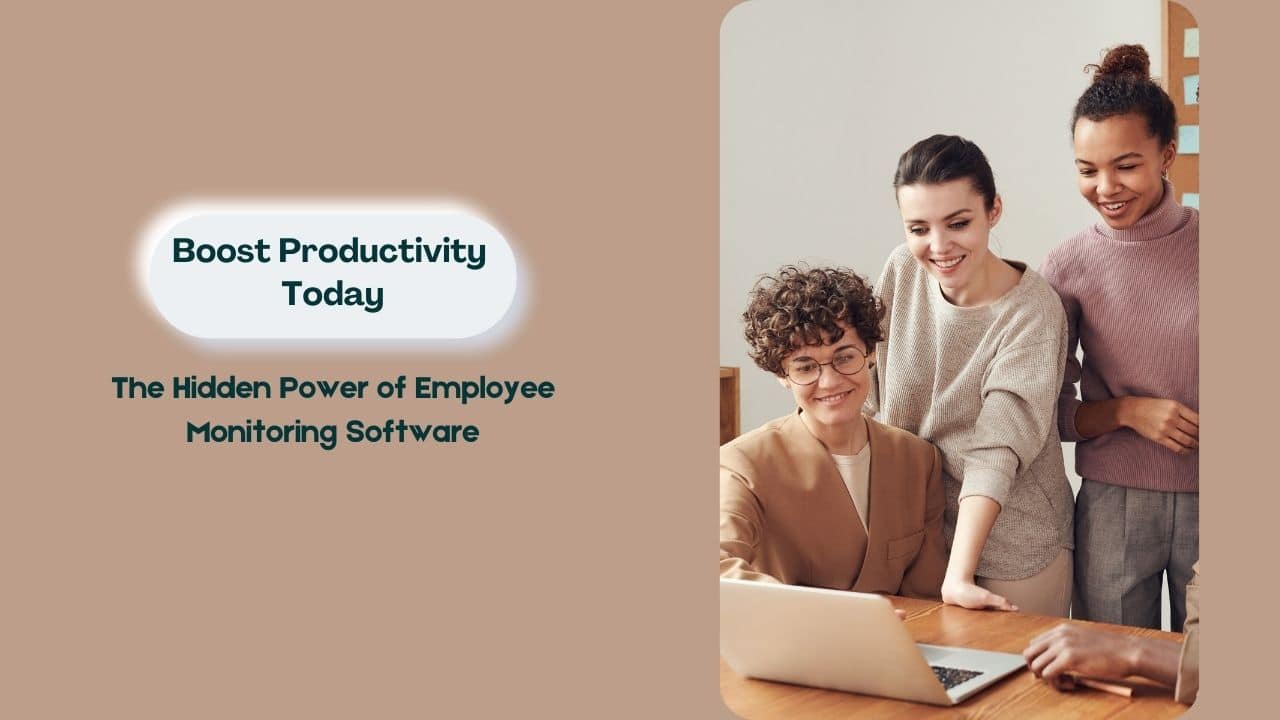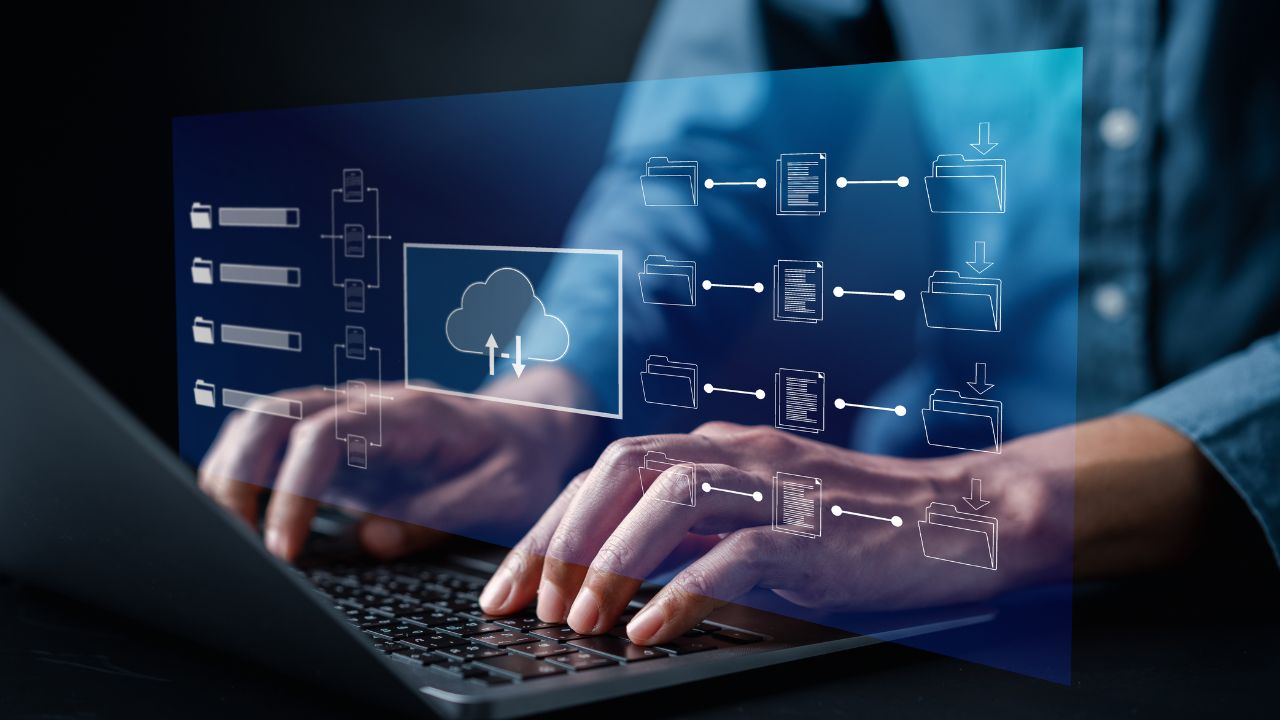Have you ever heard about employee monitoring? This is a practice applied to track the employees activities at the workplace. The mission of employee monitoring software is to boost productivity, eliminate bottlenecks, and streamline the workflow. This article will dive deeper into this topic.
What Is Employee Monitoring Software?
Employee monitoring software is a tool designed to track employees’ work-related activities. Employers get access to the company-owned computers and other devices to assess how productive the personnel are.
The software generates reports full of insights related to:
| Insight | Details |
| Employee productivity levels | Active vs. idle time analysis;
Hours spent on specific tasks or projects. |
| Website and application usage | Time spent on work-related vs. non-work-related websites or apps;
Identification of distracting platforms. |
| Task and workflow management | Completion rates of assigned tasks;
Bottlenecks in workflows or delays in task execution. |
| Attendance and time tracking | Log-in and log-out times;
Overtime hours and break durations. |
| Communication trends | Patterns in email, chat, or other communication tools (if monitored);
Insights into collaboration or communication gaps. |
| Security and data usage | Detection of unauthorized access or file downloads; Alerts on potential data breaches or suspicious activity. |
| Team performance | Comparative performance metrics across teams or departments;
High-performers and areas for improvement. |
| Trends over time | Weekly or monthly changes in productivity levels; Long-term performance trends for individual employees or teams. |
The table above shows how much data a business leader may receive if businesses start implementing employee monitoring tools.
The software provides access to many features including screenshot capturing, live viewing, face recognition, AI-scoring, etc.
Key Productivity Challenges in Businesses Today
In today’s fast-paced business environment, it is a constant challenge for organizations to maintain high levels of productivity. Several factors, both internal and external, contribute to productivity barriers. This is crucial to identify these challenges and find a solution.
Many employees struggle to manage their tasks and deadlines. As a result, it leads to the overall performance decrease. When employees are aware about monitoring practice, they tend to stay more focused on the work-related activities. However, high workloads, lack of recognition, and insufficient work-life balance contribute to burnout, diminishing motivation and focus. Employee monitoring software streamlines the workflow contributing to the comfort of both employers and the staff.
Workflows are often disrupted. In physical offices, distractions like frequent meetings, noisy environments, or interruptions from colleagues can derail focus. Remote workers face challenges such as household distractions, social media, or excessive personal tasks.
Lack of clear goals is one more challenge out there. This is crucial to prioritize tasks, as non-well-defined objectives result in inefficient workflow and lack of motivation and focus.
Poor communication—whether due to unclear instructions, delayed responses, or lack of collaboration tools—can slow down progress. This is especially true in remote or hybrid work settings.
How Employee Monitoring Software Boosts Productivity?
Employee monitoring software has become an effective instrument for businesses striving to reach enhanced productivity and streamlined workflows. By generating reports and facilitating better management practices, this software helps achieve the full potential of both business leaders and personnel.
A key element to boost productivity is to encourage accountability. When employees know their activities are being monitored, they are more likely to stay focused and efficient. This reduces time theft and procrastination, ensuring tasks are completed on time.
Additionally, the software helps define productivity bottlenecks by assessing workflows and highlighting areas where delays or inefficiencies occur. Managers can then address these issues by reallocating resources or optimizing processes.
Another significant benefit is software’s role in improving time management. By tracking how employees spend their work hours, monitoring software fosters better planning and prioritization. Employees can see where their time goes and make adjustments to stay on track. Similarly, the software promotes efficient communication by tracking interaction patterns and identifying delays in team collaboration. This contributes to quicker decision-making and smoother project execution.
The software also tracks progress and performance, offering clear insights into employees’ achievements. Employees can monitor their own progress and use the feedback to set realistic goals for improvement. At the same time, monitoring tools help minimize distractions by limiting access to non-work-related websites and applications. It, in turn, fosters a more focused work environment.
Employee monitoring software is invaluable with remote teams. It ensures employees to stay productive outside the office by providing visibility into their activities, time logs, and progress. This helps managers maintain productivity standards even in decentralized setups.
Final Words
So, employee monitoring software is an effective tool in today’s digital environment. It ensures the improvement of overall performance; the system generates reports highlighting key factors that influence business success, both positively and negatively.





































